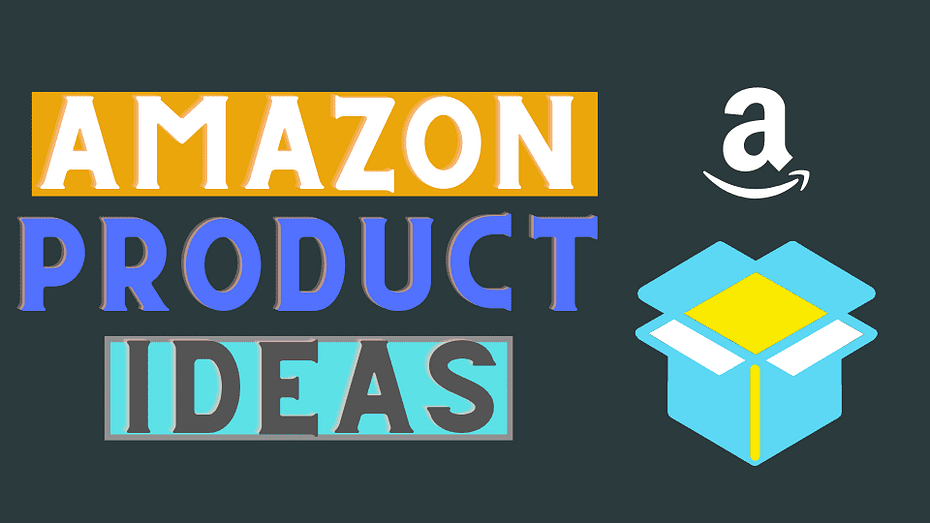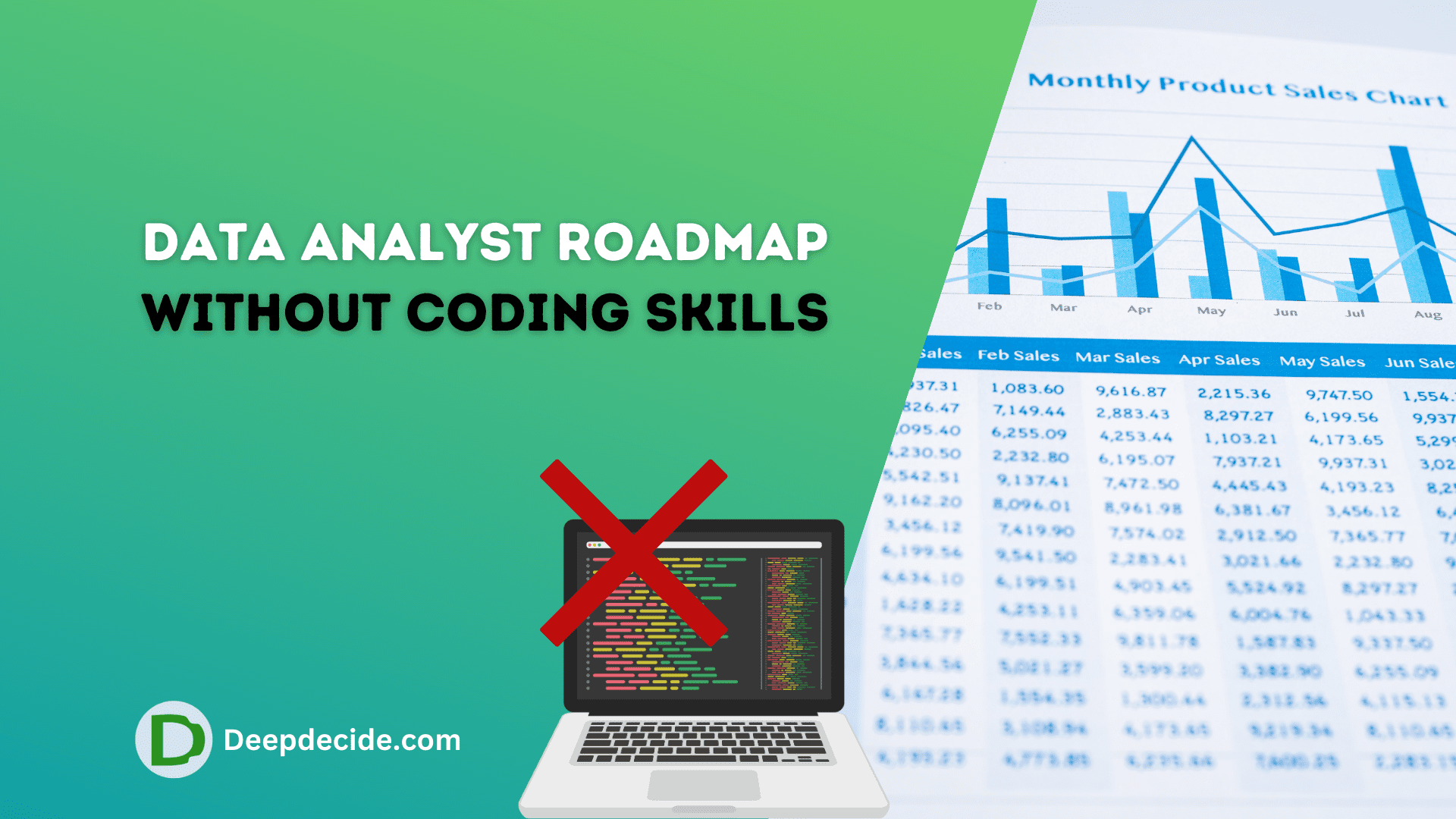If you’ve ever browsed the Amazon website, you may have noticed that there are thousands of products listed for sale. If you want to get into eCommerce and sell on Amazon, it’s important to know what sells well on the site and how to find these products. There’s no one-size-fits-all solution when it comes to finding items that will sell well on Amazon, so I’ll share some tips below!
also read: Amazon PPC Campaign
How to identify upcoming Amazon product trends
In order to identify popular product categories, you need to understand the current market. This can be done by examining the best-selling products in a specific category and seeing what’s been performing well over time. Let’s say you want to sell dog treats on Amazon—would it be better for you to focus on selling organic dog treats or non-organic ones? What about buying toys for dogs? You should take into account your customer base when considering these questions.
If you notice a trend in whether consumers are buying organic or non-organic products that’s not consistent across other markets (such as retail stores), this could be an indication that there is consumer demand for your product category—and investing in it may pay off big time! If most people are buying organic products but aren’t willing to pay more than $20 per bag of dog treats, selling non-organic might be your best bet if you’re looking for long-term success.
Where to find profitable products for Amazon Kindle
Finding profitable products for Amazon Kindle
There are many ways to find profitable products for Amazon Kindle. However, the best place to start is by using a product research tool like Helium10. This tool allows you to quickly search through millions of products, compare prices and reviews and make informed decisions about which products you want to sell on Amazon Kindle.
How much does it cost to sell on Amazon?
You’ll pay a fee when you list your products on Amazon, and then you’ll pay again if they sell. The fees vary by category and can range from 6% to 45%. Most sellers expect to pay between 10% and 15%, but it’s important to keep an eye on these costs as your business grows.
Amazon charges a referral fee for each item sold (between 6-20%) as well as taxes collected from third-party sellers in some states. This can add up quickly if you’re selling high volumes of items multiple times per day, so make sure that your margins are sufficient before deciding on a product line!
How to price your item and calculate profit
You need to price your item high enough to make a profit, but not so high that you won’t be able to compete with other products in the same category. Be sure your product is competitively priced.
In order to figure out how much you can charge for your product, look at the profit margins of other sellers in the same category as yours and their price per unit. You’ll also need to consider other factors like shipping costs and whether or not Amazon will charge you a fee for selling through them (which they do).
To calculate these numbers, use this formula: retail price x [(1 – margin) / 100] = wholesale cost x [retail price / (100 – margin)] = retail cost + markup = final selling price
How to pick a good product from Alibaba
Now that you’ve chosen your supplier, it’s time to decide what product to sell on Amazon. Below are some steps that can help:
- Check the number of orders they’ve sold in the past year. Ideally, this should be more than 10,000 units.
- Read customer reviews of their products and see if there are any complaints about quality or delivery times.
- Check out their payment terms—if they’re too strict (for example, only accepting wire transfers), it may mean that they have a lot of bad debt and don’t want to deal with more losses so easily. If this is the case, look for another supplier with more reasonable payment terms instead!
- Look at their shipping costs as well—if these are too high compared with competitors’ rates then again consider finding another supplier who offers competitive shipping rates without sacrificing quality or customer service standards too much in order for them not being competitive enough against other businesses out there which means less profit margin per sale will occur overall causing lower profits overall which translates into less incentive for businesses like yours since Amazon takes around 20% commission fee off each sale made through their platform unless otherwise specified otherwise such as free shipping offers where customers won’t pay any fees either way when buying something online via web browser shopping carts but they’ll still get charged sales tax depending on where they live within USA borders like California’s 9%.
How to make sure your supplier is reliable.
To ensure that your supplier is a reliable source of products for your Amazon business, you should do a thorough check on them. This includes:
- Checking the website of the supplier.
- Checking reviews on their website.
- Checking their Alibaba profile (if applicable).
- Checking social media accounts for the company and/or its employees.
- Seeing what URL they’re using to host their website (this will also show up in search engines when people look up their brand).
What price point should you consider?
At the outset, you should know that pricing your product is one of the most important parts of the selling process. Pricing is so important because it can greatly impact how much profit you make after Amazon takes its cut.
It’s also very important to consider whether or not your price point is competitive in comparison with other sellers on Amazon. If you have a similar product but yours costs less than theirs, then people may be more inclined to purchase from you instead. On the other side of things, if your prices are higher than others, then customers might think twice before buying from you—even if they need what you’re selling!
Here are some steps for determining if your price point is competitive:
- Determine the cost-to-manufacture of each unit of an item—this will help give an idea about how much profit needs to be made per unit sold for a given product category within Amazon (known as “price/cost margin”). Your manufacturing costs account for direct material costs and labor expenses associated with making each unit (like materials). Other variables like overhead expenses don’t matter in this equation because they aren’t part of making each individual unit; they’re only relevant when looking at entire batches produced over time instead.* Calculate shipping rates based on weight, size dimensions/volume, etc., which may vary depending on where items are shipped from location–some products may weigh more than others but need similar amounts of space during packing/shipping procedures.* Consider taxes when making determinations about which state(s) an item should be sold under since different states impose different levels of tax rates upon residents living within them.* Use data analytics tools such as Google Analytics SiteCatalyst or MixPanel to see how many visitors came across ____ pages per day during different months throughout the year–you’ll want to find trend lines here so that it makes sense why visitor traffic increased month after month throughout the year.
Do smart research, contact suppliers, and ask questions.
- Do smart research. You can start by looking at what’s already selling on Amazon. Spend some time browsing the site and looking for the top-selling products in your niche. Check out their product listings, read reviews, and see if you can find any gaps in the market that no one else is filling.
- Contact suppliers directly to get more information about what products are hot right now (and why). You can also get feedback about whether or not it’s worth trying to sell a certain product on Amazon (and what type of profit margin you can expect), which may help you make a final decision about what product(s) to sell online.
- Ask questions wherever possible: forums, Facebook groups, Reddit threads–you name it! People love helping other entrepreneurs succeed with their business ventures; many will even offer free advice if asked nicely enough! So take advantage of this resource whenever possible; there’s no reason not to do so because most people who participate in forums/groups like these want nothing more than someone else’s success
Conclusion
The goal of selling products on Amazon is to create a profit. Researching how much your competitors are charging and what their prices are at the moment will help you decide on the right price point for your product. It can be tempting to sell something cheaper than everyone else because you want it to sell fast, but this isn’t always the smartest strategy. Remember that your customers will expect quality and value when making a purchase so make sure they get what they pay for!



